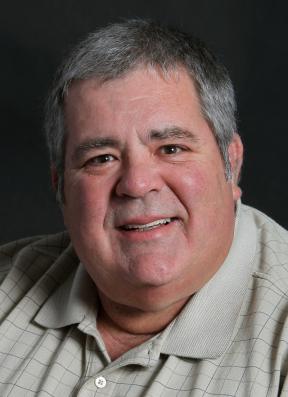MONTE DUTTON: GROWING THE SPORT REQUIRES CULTIVATION
Click here to follow us on Twitter @circletrackplus Click here to like us on Facebook

As the NASCAR regular season winds down, I feel like I’m at the ocean. Water is plentiful, but there’s nothing for me to drink.
My mother would say I’m picayunish. She’s said it all my life, and I had to look up how to spell it. News is everywhere. Yet I find it to be “of little value or account; small, trifling.”
Young, apple-cheeked lads are marching into NASCAR like the junior ROTC on parade out on the academy green, running up the flags and standing at attention. There’s a William Byron here, and an Alex Bowman there, Ryan Preece, Bubba Wallace, everywhere a Daniel Suarez.
If only Old McDonald had a farm … and it wasn’t limited mostly to rich kids and the children of rich racers.
It is a source of great frustration. The drivers who have left or are leaving – Jeff Gordon, Tony Stewart, Carl Edwards and Dale Earnhardt Jr. – are the drivers I know best. Not one of them is made of cardboard, though Gordon started out that way.
The bright, young stars of tomorrow might as well be characters in a video game, and a second weakness is that I don’t play video games anymore. When William Byron wins an Xfinity race, he might as well be a light-saber-wielding Jedi from a Star Wars movie.
Of course, they said that about the young Curtis Turner, who stepped out of a pirate flick 60 years or so ago.
It’s my job to get to know them better, and it’s their job to make an impression, not on me – I remember when Ron Howard was Opie and Willie Mays was in center field – but on the exciting generation that surrounds them.
The kids don’t care about cars? Well, by gosh, that’s got to change while cars still have drivers.
Fear and loathing, not to mention the occasional gnashing of teeth, have become my obsession. Automobile racing is in decline, and I don’t want that to continue. Since I was seven years old, stock car racing has been an important part of my life. I don’t want the kids of today to grow up looking at NASCAR like it’s roller derby.
NASCAR is far from the eve of destruction. It’s at the end of denial. It’s not enough to run a charm school, straighten a kid’s pearly whites and teach him (or her) how to recite sponsors. Their skills are larger than life, but their personalities aren’t.
When I watch an interview on TV, nowadays, not only do I already know what the questions will be. I also know the answers.
Boys worked hard. Car run good. There’s no way we could’ve won without milk-chocolate power bars and Snapchat.
I grant you that part of it is because geezers like me don’t know where to look. Fixing my problem won’t do any good. Too many kids don’t want to look.
Kids love soccer because all it takes to play it is a ball. The answer to racing’s woes is making it more affordable to the kids from the wrong side of the track. You know, behind the back straight. You want a sport that’s more diverse in terms of race, gender, lineage, etc.? The way to start is achieving socio-economic diversity. If there’s a place for poor kids to race, some of them might be good at it. Right now the next Bobby Allison is, quite possibly, playing on a traveling summer lacrosse team.
In my recent racing novel, friends Barrie Jarman and Errol Hughston create go-kart leagues for kids in their hometowns.
For racing to have a Daytona 500 in which there are men and women, blacks and whites, rich and poor, in the starting field, then, in order for it to be legitimate, such diversity must be in place at the short tracks across the land. It’s a tough job, but someone’s got to do it.





